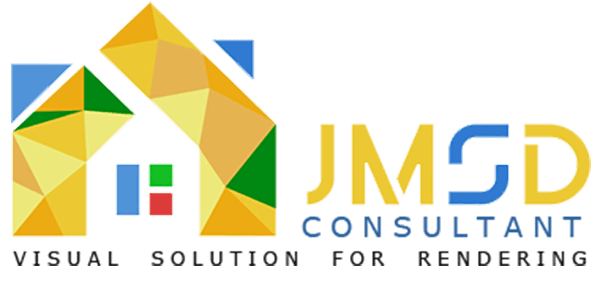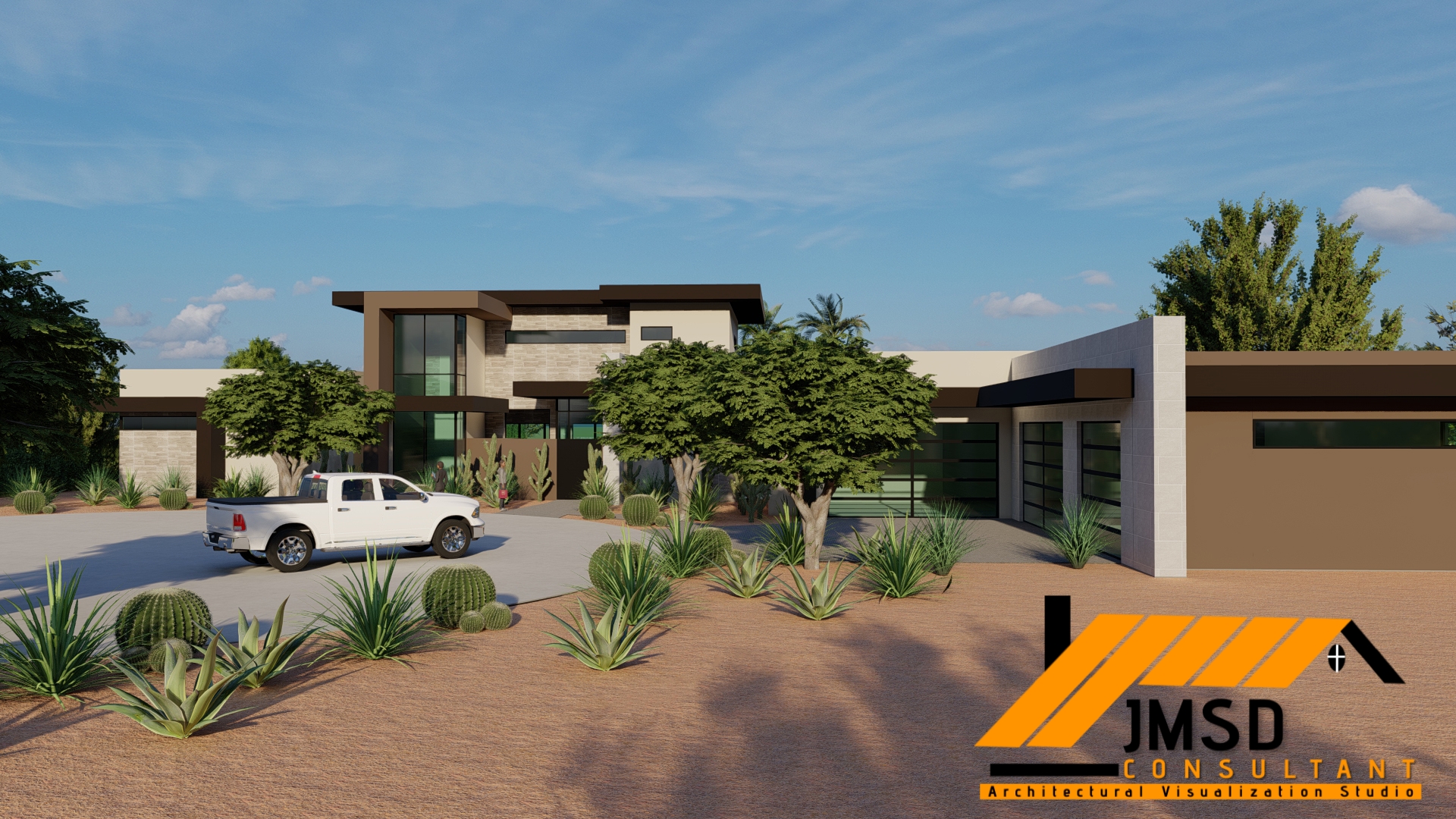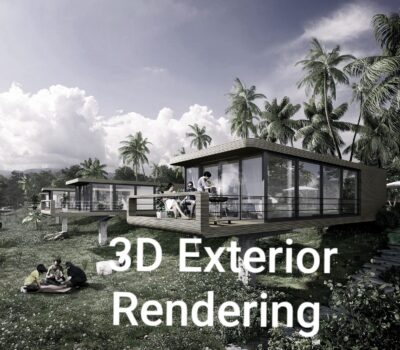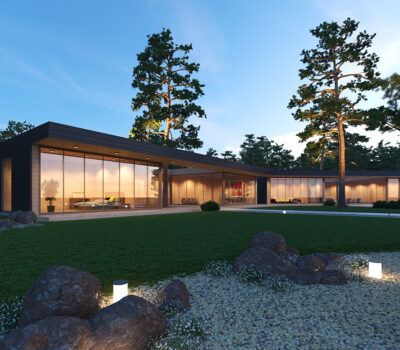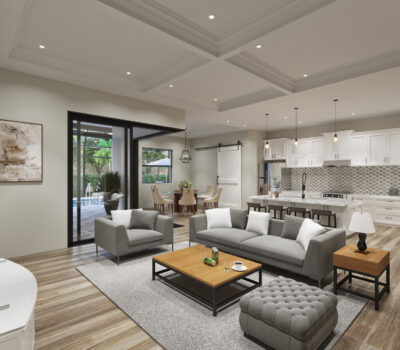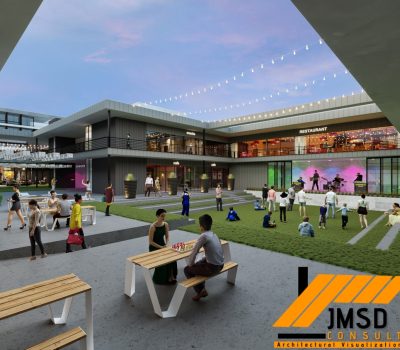In the ever-evolving world of real estate, showcasing your property in the best light is paramount. With the advent of technology, real estate rendering has become a game-changer. It allows potential buyers to visualize a property even before stepping foot inside. But here’s the catch: not all angles are created equal. In this article, we will explore the art of choosing the best angles for Architectural rendering, equipping you with the knowledge to create listings that sell like hotcakes.
In the digital age, first impressions are often made online. When it comes to selling real estate, this means that your property’s online presence is crucial. One of the most effective tools in your marketing arsenal is Real Estate Rendering Services.
The Power of Visual Marketing
Human beings are visual creatures by nature. We process images much faster than text, and this is especially true in the realm of real estate. A well-rendered image can make a potential buyer stop scrolling and start imagining themselves in that space.
Understanding Real Estate Rendering
Before we dive into angles, let’s understand what real estate rendering is. It’s the process of creating a 3D representation of a property, allowing viewers to see it from various angles and perspectives. This technology has revolutionized the way properties are marketed.
Why Angles Matter
Angles play a pivotal role in how a property is perceived. The right angles can highlight a property’s strengths, while the wrong ones can obscure them. Let’s explore some of the top angles for real estate rendering.
Top Angles for Real Estate Rendering
1. Straight-On Shots
Straight-on shots are the most common and straightforward angle. They provide a clear view of the property’s facade, making it an excellent choice for showcasing architectural details.
2. Bird’s Eye View
For properties with beautiful landscapes or impressive layouts, a bird’s eye view angle can be breathtaking. It gives viewers a sense of the property’s scale and surroundings.
3. Low Angle Shots
Low angle shots can make a space appear more significant and grandiose. They are perfect for highlighting high ceilings or unique architectural features.
4. Wide-Angle Shots
Wide-angle shots capture a larger portion of the room, giving viewers a better sense of the space’s flow and layout. They are ideal for smaller rooms to make them appear more spacious.
Lighting: The Unsung Hero
Lighting is a crucial element in real estate rendering. Proper lighting can transform a dull space into a warm and inviting one. Experiment with different times of the day to find the perfect lighting for your property.
The Art of Composition
Good composition can make or break a rendering. Pay attention to the rule of thirds, leading lines, and framing to create visually pleasing images that draw viewers in.
Virtual Staging: Bringing Life to Empty Spaces
Empty rooms can be uninspiring. Virtual staging allows you to add furniture and decor digitally, helping potential buyers envision the space’s potential.
Avoiding Common Mistakes
We’ve all seen poorly executed real estate renderings. Avoid common mistakes like over-editing, excessive filters, or misrepresenting the property.
Optimizing for Mobile Viewing
In today’s mobile-centric world, ensure that your renderings look great on smartphones and tablets. Most buyers will initially view listings on their mobile devices.
The Impact on Sales
Studies have shown that well-executed real estate renderings can significantly impact sales. Properties with high-quality renderings tend to sell faster and at better prices.
Case Studies: Before and After
Let’s take a look at some real-life examples of properties that benefited from the right angles and rendering techniques. The transformations are astounding.
Tips for DIY Real Estate Rendering
While hiring professionals is an excellent choice, if you’re on a budget, you can try your hand at DIY rendering. We’ll provide some tips to get you started.
Choosing the Right Tools
Not all rendering software is created equal. We’ll guide you through choosing the right tools for the job, whether you’re a professional or a novice.
Conclusion
In the competitive world of real estate, staying ahead of the game is essential. Real estate rendering with the right angles can set your listings apart and lead to faster sales and higher profits. Embrace this technology, experiment with angles and lighting, and watch your listings sell like never before.
Find top-rated 3D rendering services for your home Design project. JMSD Consultant is a Top Architecture Visualization Studio Outsourcing partner of Architectural Visualization and 3D Rendering Services based in USA.

FAQs
Q1 : What is real estate rendering, and how does it work?
Real estate rendering is the process of creating 3D representations of properties using computer software. It allows viewers to explore properties from various angles and perspectives.
Q2 : Do I need professional equipment to create real estate renderings?
While professional equipment can enhance the quality of your renderings, you can achieve impressive results with consumer-grade cameras and rendering software.
Q3 : Are there any legal considerations when using real estate renderings in listings?
Yes, it’s essential to disclose that the images are renderings and not actual photographs of the property. Be transparent with potential buyers.
Q4 : What is virtual staging, and how can it benefit my listings?
Virtual staging involves digitally adding furniture and decor to empty spaces in real estate renderings. It helps buyers visualize the potential of a property.
Q5 : Is DIY real estate rendering a viable option for sellers on a budget?
Yes, with the right software and guidance, sellers can attempt DIY real estate rendering. However, professional services often yield more polished results.
